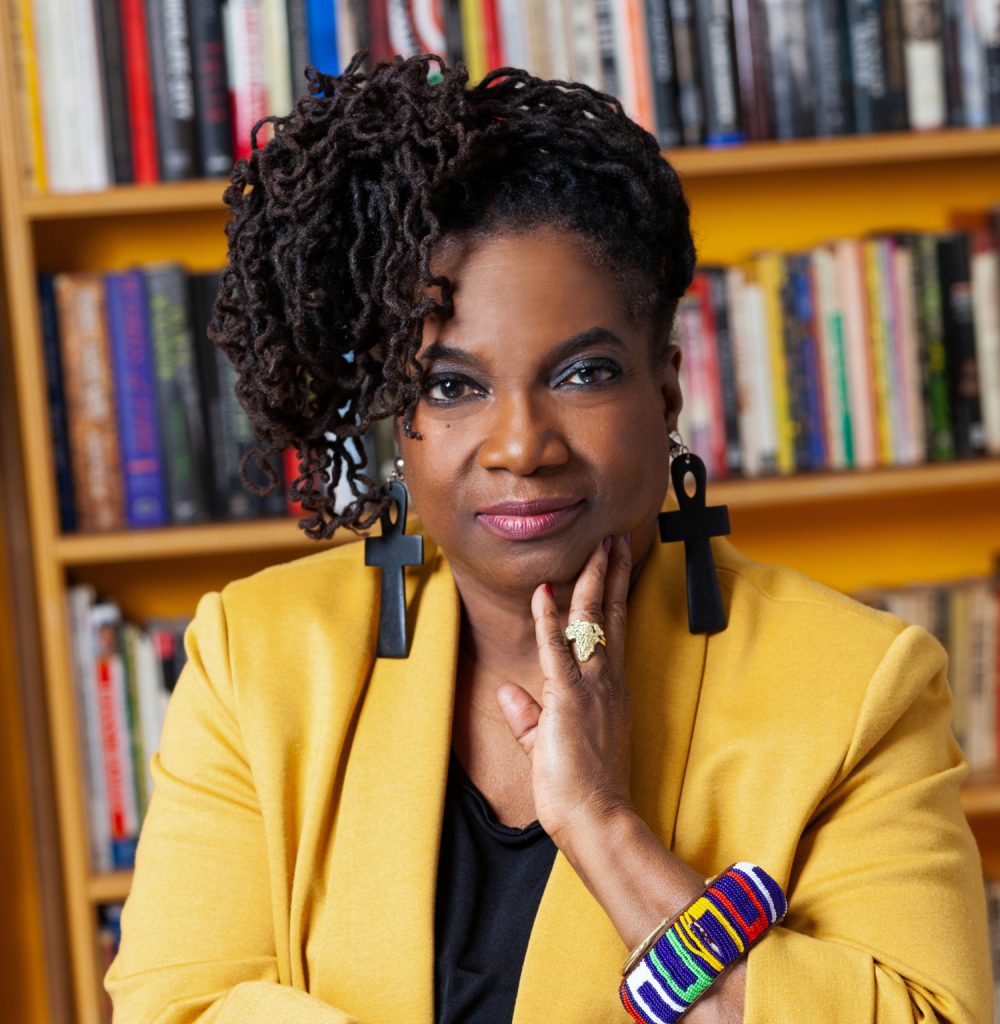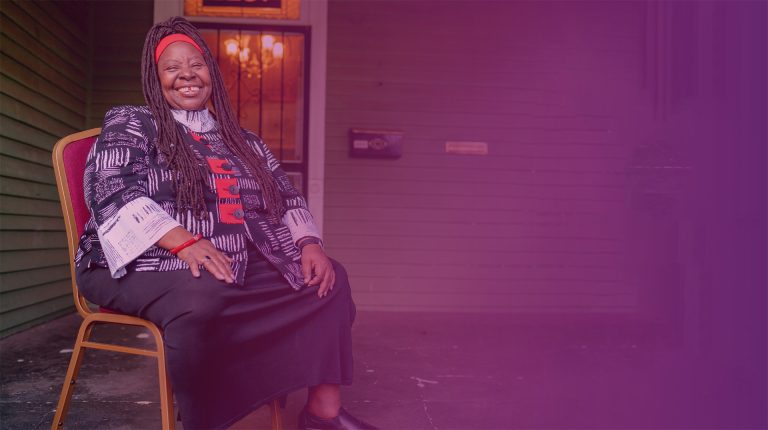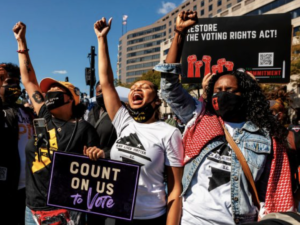Published on US News & World Report
Advancements in the detection and treatment of breast cancer have led to a 43% overall decline in the disease’s death rate over the past three decades, resulting in 460,000 lives saved.
Yet for Black women, that progress has left too many behind. They have a 40% higher death rate from breast cancer than white women – despite a lower incidence rate – and have the lowest five-year survival rate of any racial or ethnic group for nearly every stage of diagnosis, according to the latest figures from the American Cancer Society. The size of the Black-white mortality gap has remained relatively unchanged since 2011.
“All women of color are experiencing these disparities, but they do happen to be the widest for Black women,” says Rebecca Siegel, senior scientific director of surveillance research for the American Cancer Society and a co-author of the organization’s recently released report containing the data.
Yet as health care seeks to close a cancer screening gap caused by the COVID-19 pandemic, experts also believe the time is now to address inequities in quality and access that are believed to contribute to the disparity in breast cancer outcomes.
“The pandemic unfortunately showed us a lot of cracks in our health care system that some of us kind of already knew … were there, but it really just exacerbated it,” says Jordan Henderson, an oncology nurse and director of program development for the Academy of Oncology Nurse & Patient Navigators.
Inequities in Care
COVID-19 led to a crisis in disease management that could have an impact for years. A study published in JAMA Oncology last year estimates 3.9 million fewer breast cancer screenings occurred in January through May of 2020 compared with the same period in 2019 – an issue that could lead to cancers being discovered at a later, more dangerous stage.
Early detection has been cited as a major contributor to the steep decline in breast cancer mortality: Patients with stage 1 breast cancer – in which the cancer is relatively small and largely localized – had a recent five-year relative survival rate of more than 99%, according to the American Cancer Society, compared with a 29% rate for those with more advanced stage 4 cancer. Survey data from the Centers for Disease Control and Prevention also indicates the percentage of women 40 and older who had a mammography screening within the previous two years more than doubled in the past three decades, from 29% in 1987 to 66% in 2018.
Yet Black women are the least likely racial and ethnic group to have their breast cancer diagnosed at an early stage: From 2015 to 2019, just 57% were diagnosed when the disease was still localized compared with 68% of white women and 66% of women overall, according to the ACS report.
Meanwhile, 6% of women overall were diagnosed with breast cancer once the disease had reached the “distant” stage, when it can be detected in other parts of the body like the lungs, liver or bones. The ACS report shows that 8% of Black women were diagnosed during the distant stage of the disease, compared with 5% of white women, 6% of Hispanic women, 5% of Asian or Pacific Islander women, and 7% of American Indian or Alaska Native women.





